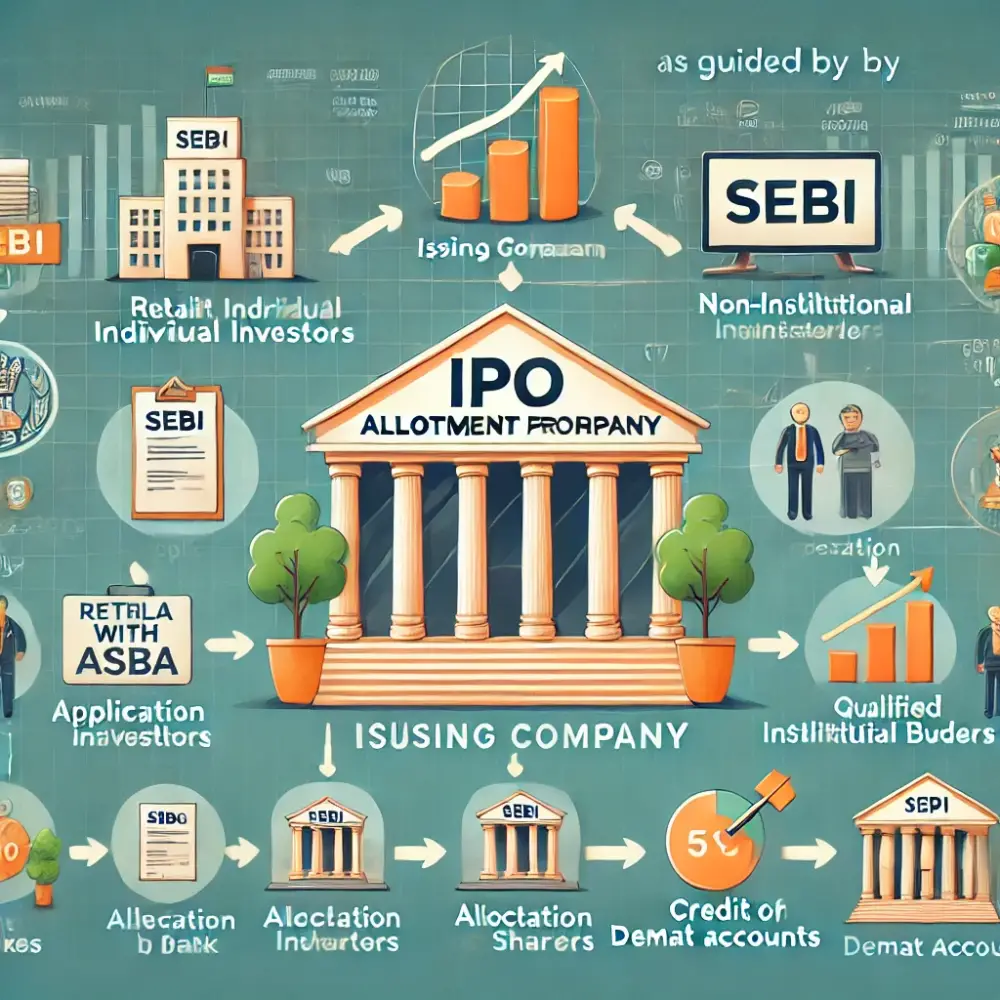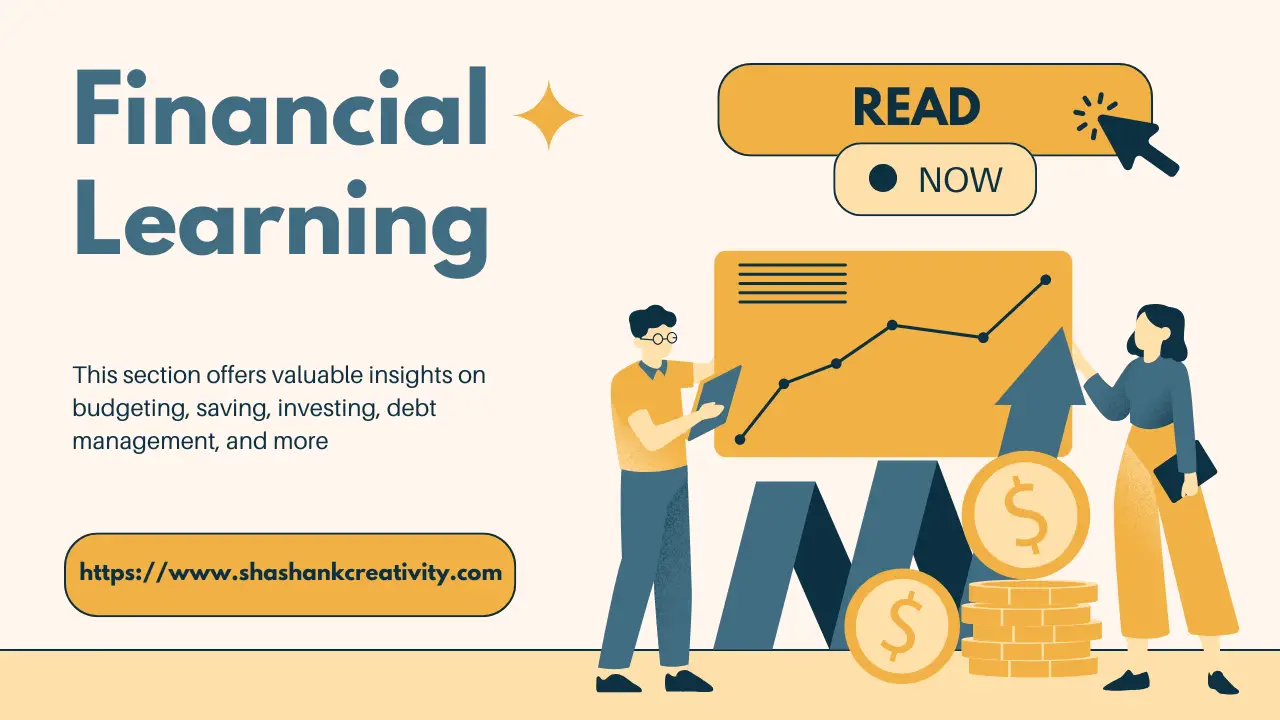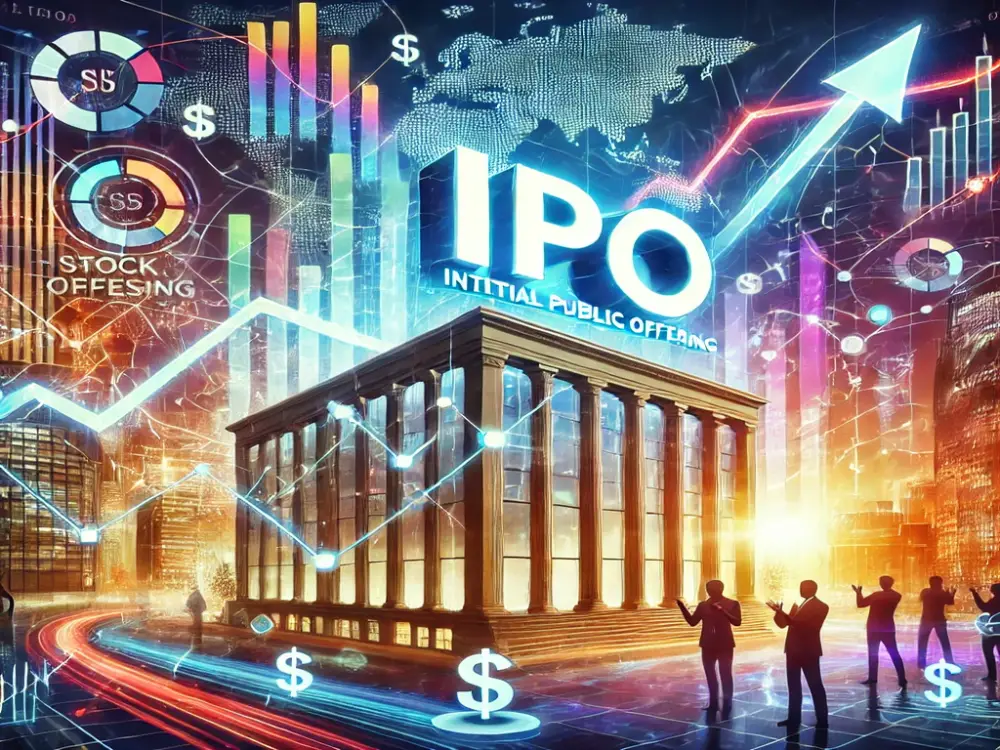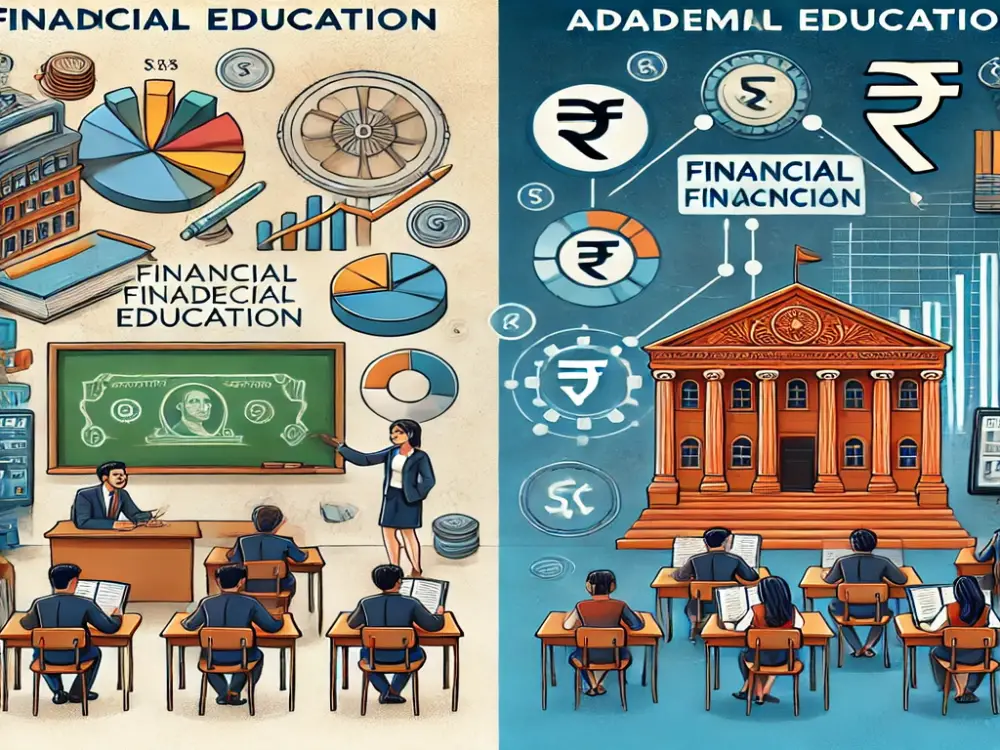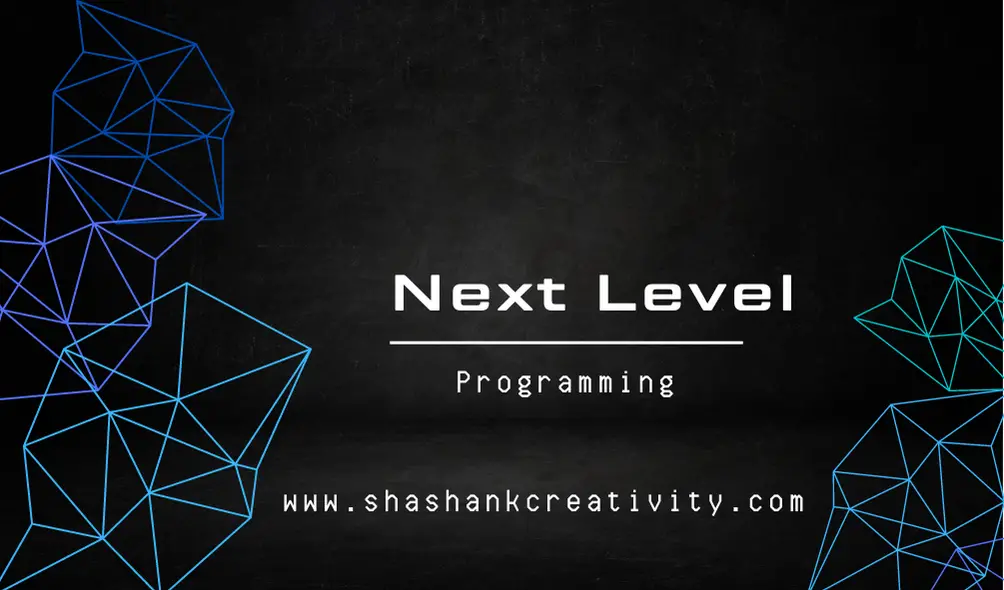Everything you need to know about Visual ChatGPT
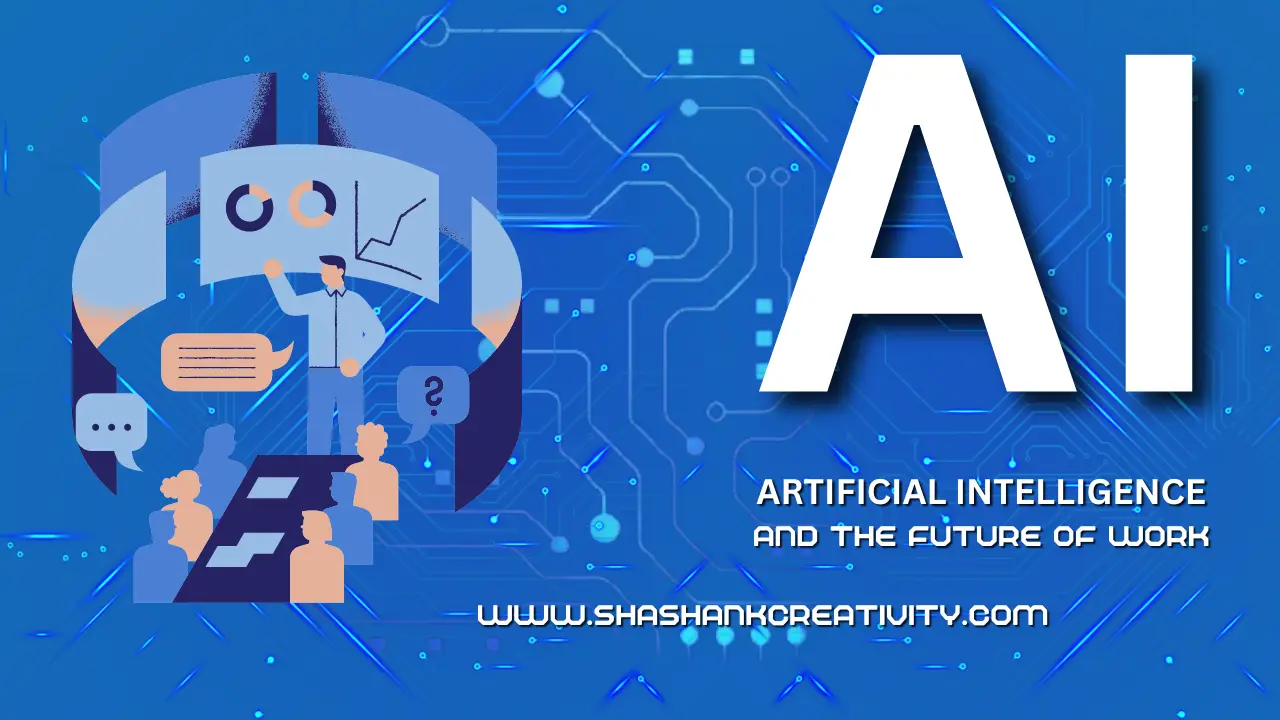
Everything you need to know about Visual ChatGPT
Have you ever heard of visual chatgpt? It's a technology that combines artificial intelligence (AI) and visual elements to create a more personalized and interactive chatbot experience. In this article, we'll take a closer look at what visual chatgpt is, how it works, and its potential applications.
First, let's define chatgpt. Chatgpt is an AI technology that uses natural language processing (NLP) to generate human-like responses to user inputs. For example, if you ask a chatbot what the weather is like today, it might respond with a sentence like "The temperature is currently 72 degrees and partly cloudy." Chatgpt can be used in a variety of applications, including customer service, language translation, and even therapy.
Now, let's add visual elements to the mix. Visual chatgpt takes the chatbot experience to the next level by incorporating images, videos, and other multimedia into the conversation. For example, if you're chatting with a travel chatbot and you ask about a specific city, the chatbot might respond with a picture of a famous landmark from that city or a video showcasing local cuisine. These visual elements help to create a more engaging and memorable experience for the user.
So how does visual chatgpt work? It starts with a large dataset of images and videos that have been labeled and categorized. The chatbot uses this data to generate responses that are relevant to the user's input. For example, if you ask a chatbot about the best pizza places in New York City, it might use its visual database to display pictures of popular pizza spots and provide recommendations based on ratings and reviews.
The potential applications of visual chatgpt are vast. For example, it could be used in e-commerce to help customers find products that match their preferences. A clothing retailer could use visual chatgpt to recommend outfits based on a user's style and body type, while a home decor store could use it to suggest furniture and decor based on a user's taste and living space. Visual chatgpt could also be used in education to create interactive tutorials and quizzes that incorporate visual aids.
In summerize, visual chatgpt is an exciting new technology that combines AI and multimedia to create a more personalized and engaging chatbot experience. It has the potential to revolutionize a wide range of industries and applications, from customer service to education to e-commerce. As this technology continues to evolve, we can expect to see even more innovative uses and applications in the future.
History.
Chatbots have come a long way since the early days of the internet. They used to be simple command-based programs that would respond with pre-programmed responses. But now, with advancements in artificial intelligence, chatbots have become much smarter and more interactive. One such chatbot that has made waves in the AI world is Visual Chatgpt, a chatbot that is capable of displaying images to accompany its responses.
Visual Chatgpt is based on the GPT (Generative Pre-trained Transformer) AI model. Its main function is to help users communicate with AI in a more human-like way by providing visual aids such as images, videos, and even emojis. This makes it easier for humans to understand what AI is trying to say, while also making the conversation more fun and engaging.
The development of Visual Chatgpt began in 2019 when its creators at OpenAI wanted to create a chatbot that was more interactive and personal. They recognized that people today are more inclined to respond to visual cues than text, so they decided to incorporate visuals into their chatbot.
To accomplish this, they trained the GPT model on large datasets of text and images. This allowed the model to understand the context of a conversation and provide accurate responses, while also being able to display relevant images as visual aids. In addition, the model was trained on captions for the images, so it could describe the images it was displaying to the user.
Impact of Visual Chatgpt
Visual Chatgpt has the potential to revolutionize the way people interact with AI. By providing visual aids, it makes conversations with AI more enjoyable and easier to understand. This has a wide range of practical applications, from customer service to education.
For example, in customer service, Visual Chatgpt can help people troubleshoot tech-related problems. Instead of trying to explain a problem in words, customers can simply take a picture or screenshot of the issue and the chatbot can provide a visual solution. This speeds up the problem-solving process and improves the customer experience.
In education, Visual Chatgpt can be used to make learning more interactive and engaging. Teachers can use the chatbot to answer student questions or ask students to input visual aids into the conversation. This allows students to learn with more context and helps them retain information better.
Conclusion
Visual Chatgpt is a prime example of how AI is advancing and becoming more human-like. By incorporating visuals into conversations with AI, it’s easier for humans to understand and engage with chatbots. Its potential applications in customer service, education, and more make it an exciting development in the world of AI. As technology continues to improve, we can expect to see more advancements like Visual Chatgpt in the near future.
